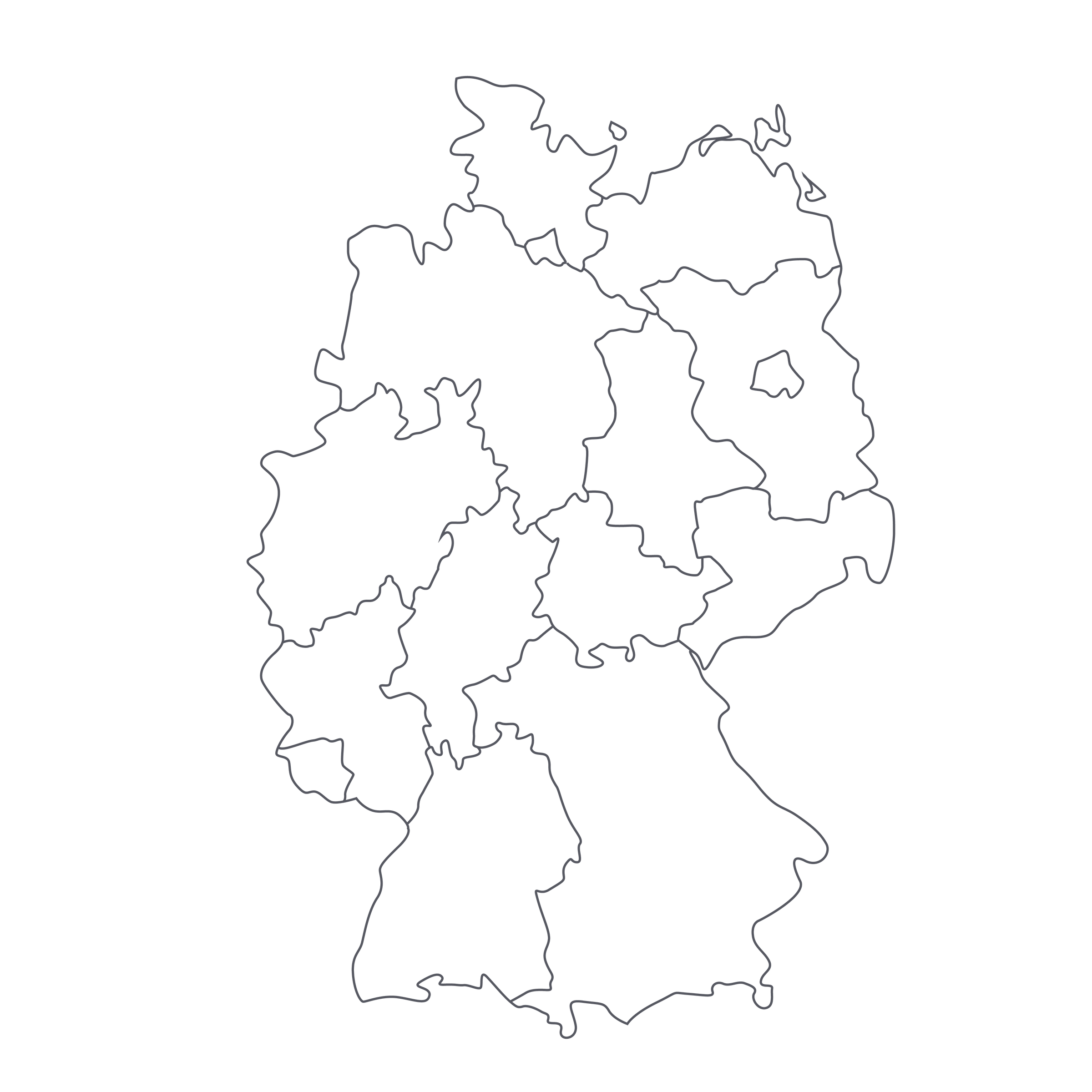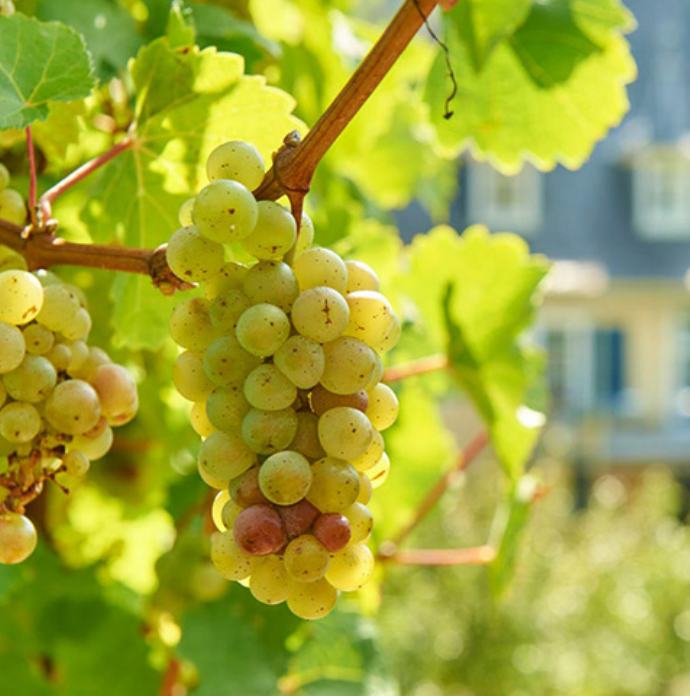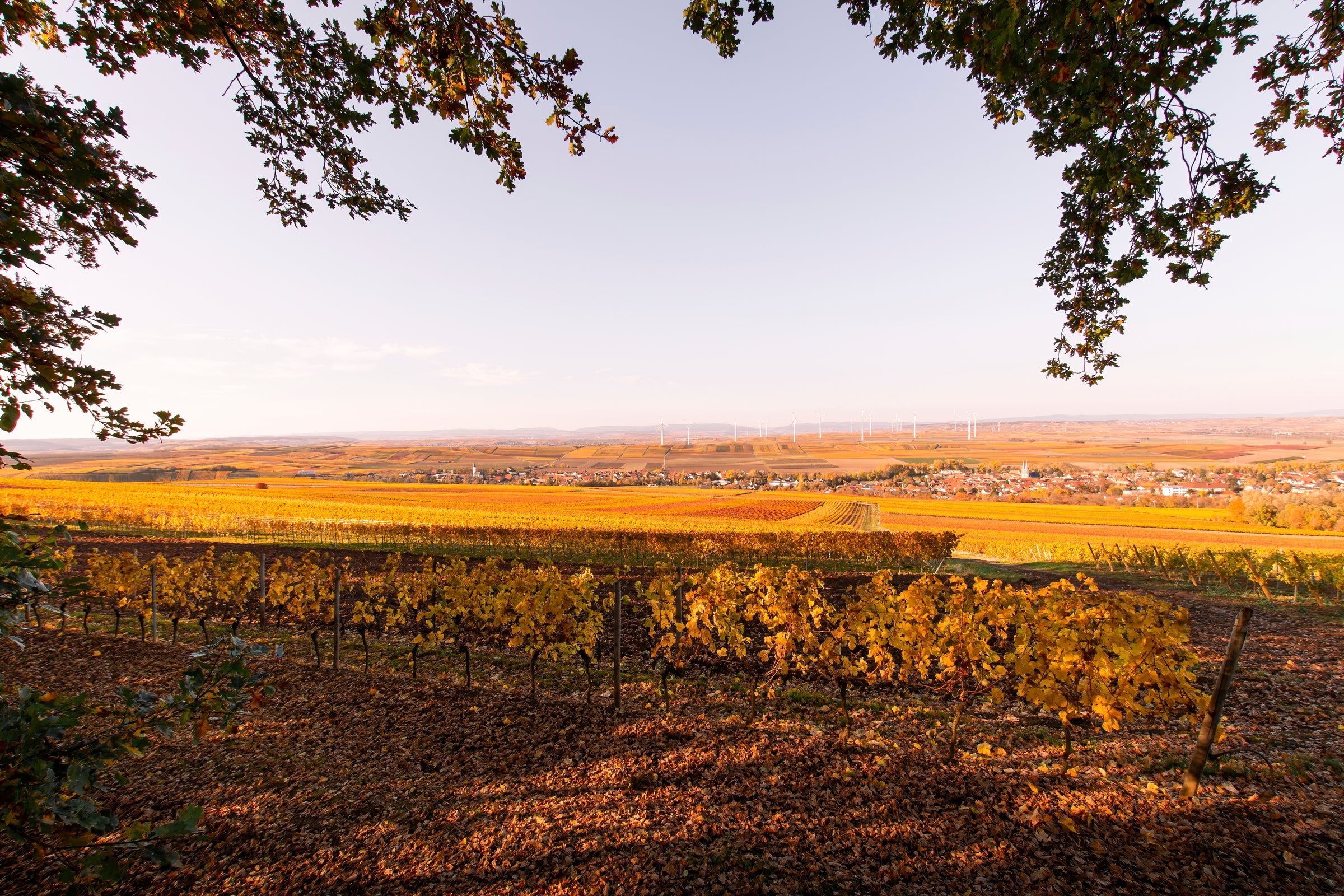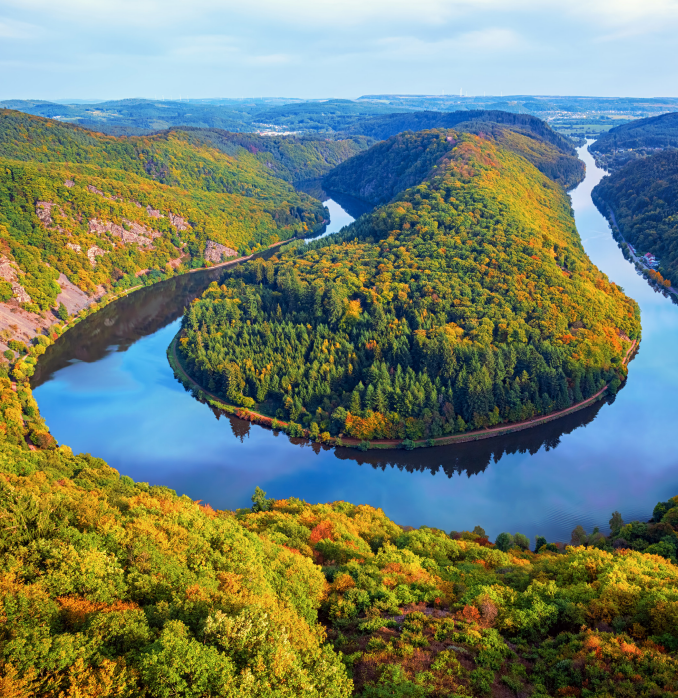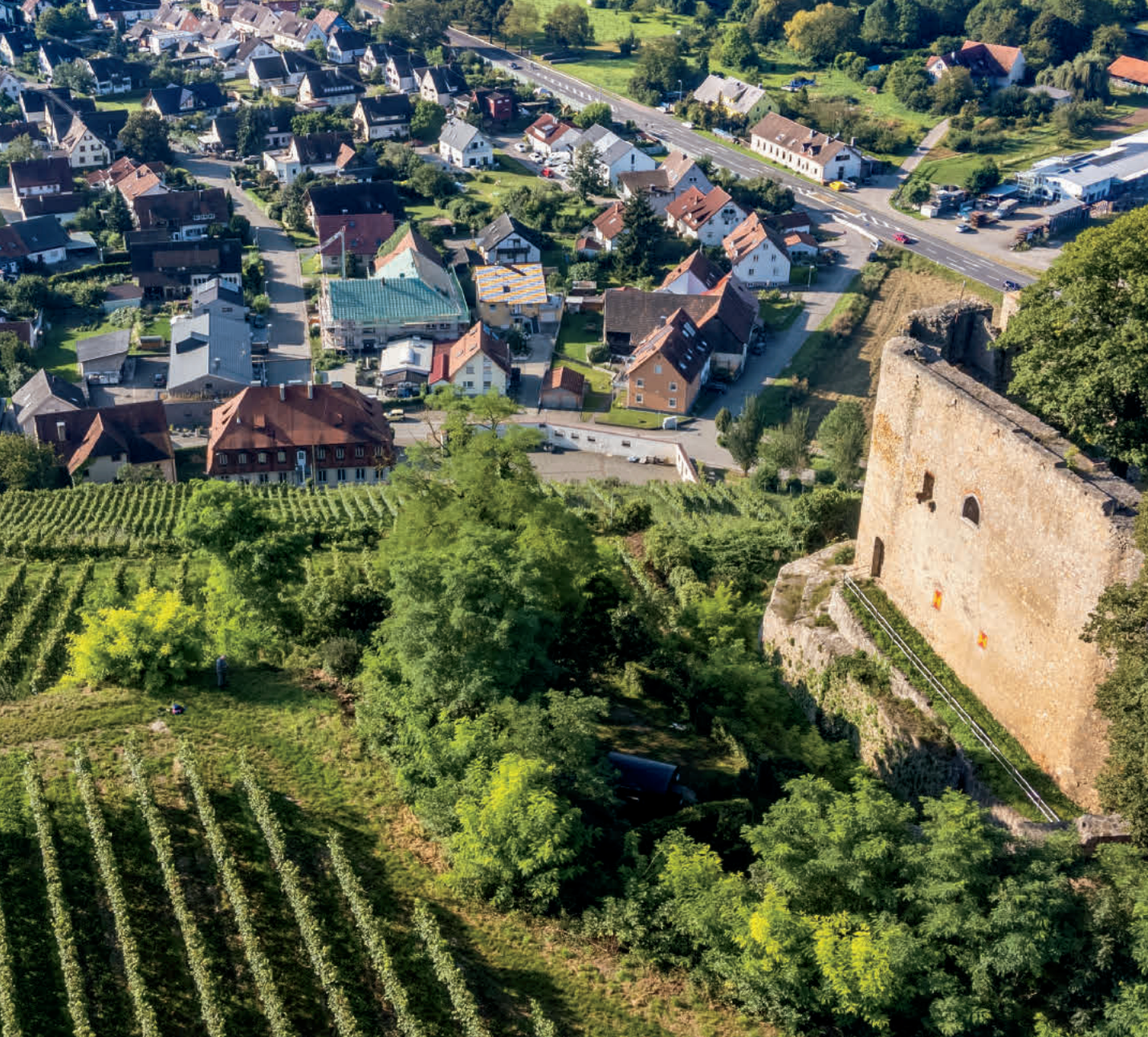The distance between Burgundy (France) and Baden (Germany) is not as long as you might think. And, when it comes to cool-climate Pinot Noir (Spätburgunder in Germany), Baden has been rapidly closing whatever qualitative gap may have existed between the two. We’re seeing it time and again, but today’s single-vineyard bottling from Bercher still stands out.
This succulent 2015 cedes no ground whatsoever to Premier Cru red Burgundy—which isn’t much of a surprise when you consider the Bercher family’s history with the grape. Sandwiched between the Rhine River and the Black Forest, Berchers have grown grapes in the village of Burkheim since 1457. That’s a tradition almost as old as Spätburgunder itself, which was brought to the region by the same Cistercian monks who planted the great vineyards of Burgundy. Burkheim is part of the Kaiserstuhl, the best-known and warmest district in the Baden region, and today, the 10th generation of Bercher winemakers craft chiseled Spätburgunder from VDP-approved Erste Lage (i.e. “Premier Cru”) vineyards planted on volcanic slopes. Unfortunately, most Kaiserstuhl Spätburgunder is so good that it never leaves the country (the Germans are embracing their Pinot prowess), but Bercher’s “Jechtinger Eichert” is a once-in-a-blue-moon opportunity to sample some serious Burgundy competition. This estate is a beacon of sustainable viticulture and modern German winemaking, a “must-taste” for any card-carrying Pinot-phile. Compare the price of a Burgundian Premier Cru with this stunning Erste Lage and the only question left is, How much can I have? The answer? Six bottles per customer today until our allocation disappears!
The Berchers have been anticipating Pinot Noir’s rise in popularity for the past 250 years. Each subsequent generation has carefully balanced their traditional white varieties (Riesling; Pinot Gris; Pinot Blanc) with incremental additions to their Pinot Noir holdings. Cousins Martin and Arne Bercher run the estate today: Martin is the viticulturist while Arne makes the wines, and both are quick to explain that while Pinot may be popular, they’re not planting it with wild abandon. On the contrary, Bercher has built such a sterling reputation for Pinot Noir that they feel it’s their mission to uphold it, sourcing fruit only from the best possible vineyard sites. They are members of the VDP, the Verband Deutscher Prädikatsweingüter, an association dedicated to uniting 197 of the country’s best wineries under a stringent code to ensure the utmost quality. Bercher’s 26 hectares include several VDP Erste Lage-qualified vineyards, including “Jechtinger Eichert”—a parcel in the village of Jechtingen, which neighbors Burkheim.
The Kaiserstuhl zone sits on an extinct volcano, and the soil mosaic of ash, hard rock, and thick layers of loess impart an electrifying minerality that make the wines instantly recognizable. Combined with the fact that these are 28 year old vines from the warmest mountain ranges in Germany, and Bercher’s Spätburgunder does not lack concentration of flavor. Martin Bercher is quick to add that this will only improve with time: the wines take longer to develop than most German Pinots but have much longer aging potential as a result. The Bercher cousins are staunch supporters of sustainable farming practices, and borrow heavily from their ancestors’ pre-industrial farming techniques. The fruit from Jechtinger Eichert is hand-harvested before being completely de-stemmed and fermented in stainless steel for three weeks. The wine ages in large wooden casks and used barriques for 15 months before being gently filtered and bottled.
This Spätburgunder really is Burgundy’s German cousing: same genetic material, different boarding schools. This bottle shares the same aromas you’d expect from one of Volnay’s more robust Premier Crus. Top notes of rose, cherry skin, and strawberry syrup leave an imprint, as do the mineral-rich Kaiserstuhl’s soils: Underneath the fruit and florals, this wine has a heart of stone and each sip delivers mouthwatering minerality. Savory notes of graphite, slate, and clean charcoal melt into a touch of fine tannin. I’d recommend a 30-minute decant to melt away the wine’s initial austerity. A precise and luminous glass emerges: unapologetically plush notes of black cherry braced by enough stone to build a castle. At five years old, this wine still has plenty of verve—I’ll be surprising people with it for the next 8-10 years!
For a pairing, don’t walk, run to the grocery store and get yourself the ingredients you need for proper
wiener schnitzel. I’m imagining veal, heavy cream, and free-range eggs but keep the breadcrumbs homemade. Top with a bright cranberry sauce to bring out some of the Spätburgunder’s spicier notes. Between the delicious meal and the drinkability of this wine, trust me when I say this won’t be your last visit to Baden. Cheers!


